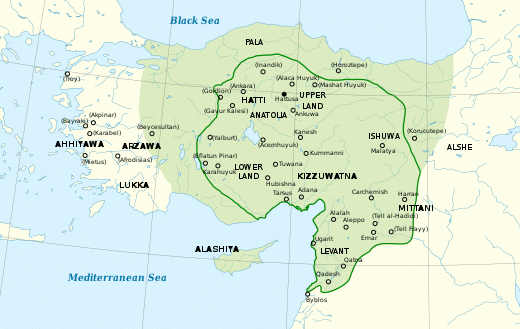While plowing his fields, a farmer stumbled upon a unique 3,300-year-old ancient bracelet from the Hittite era.
The farmer, who lives in the village of Chitli, near the town of Corum in central Turkey, found the bracelet while preparing his fields for sowing. He later took the ancient treasure to the Corum Museum.
Experts found that the artifact is from the ancient Hittite civilization and carried out restoration work. The bracelet then remained in the museum’s collection.
The beautiful bracelet is made of bronze, nickel, silver and gold, and is decorated with images of Hittite symbols, including images of Itar / Auka and his servants Nina and Culita.
Resul Ibish, an archaeologist at the museum, told Ihlas Haber (IHA). “After the initial assessments, we realized that this piece is unprecedented and we have never seen anything like it,” he said, adding that it was from the 13th century BC.
Ibish also noted that the bracelet was deformed when it was brought to the museum and some parts of it are missing, but they are restoring it.
The archaeologist also noted that there is very little jewelry from the Hittite era and this piece sheds light on the styles of jewelry of civilization.
Corum is home to the ancient Hittite city of Hatusha, one of Turkey’s most important tourist destinations. It serves as an open-air museum with 6 kilometers of city walls, monumental city gates, a 71-meter underground passage, the Hittite palace in Buyukkale, 31 open temples and ancient wheat silos. It was added to the UNESCO World Heritage List in 1986 due to its well-protected architectural structures and excavation site. It also bears the 2001 UNESCO World Memory title with its cuneiform writings, the oldest known form of Indo-European languages.
Hatusha served as the capital of the Hittite Empire, which was one of the civilizations that played an important role in the development of urban life in the late Bronze Age.









